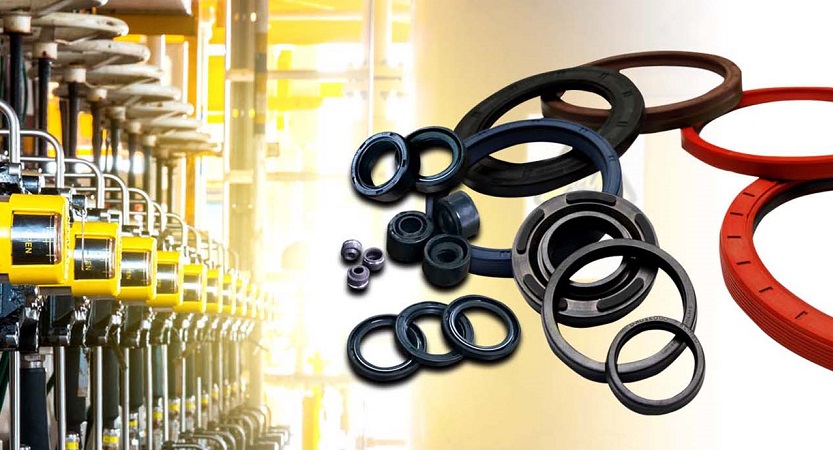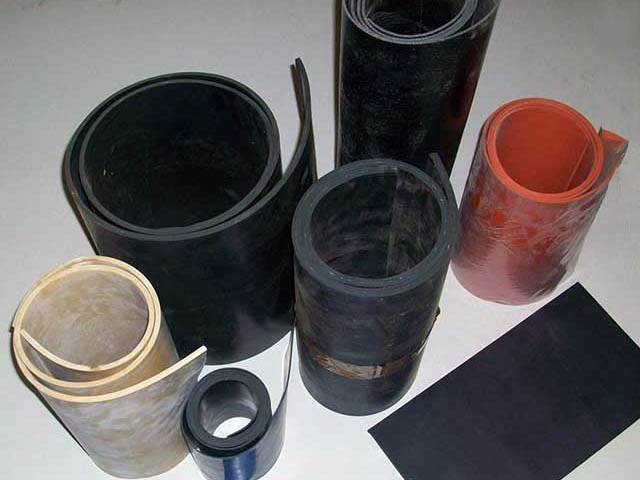
In order to keep rain and the cold from entering your car, the doors, or rather their contours, need to be covered in a material that enables the proper sealing. Seals ensure a snug and tight fit on your vehicle’s doors, but not just any type of seals but pinch weld seals. These pieces of rubber basically fill up the space between the door and the jamb, and although they may seem complicated, they are actually fairly simple. Fitting them may not require as much skill as it does patience, but a bit of knowledge on the matter can go a long way.
What You Will Need
For this fitting to take place, you need certain things that will make it happen. You’ll need a drill driver for the panels, a cloth to clean up the dust, side cutters and a razor to get the correct length of the pinch weld seal. As with all rubber supplies of this sort, you’ll need to stick the ends of the pinch weld seal, for which you’ll need super glue and soapy water. You’ll also need a rubber mullet in order to place the seal inside as tightly as possible.

Out with the Old
To get rid of the old used up seal, you’ll need to remove the panels that cover the pinch weld, loosen up the top panels of the door and then completely remove the threshold plate. Afterwards, you’ll need to pull out the weatherstripping by starting at the bottom of the door opening where you will find a tube that prevents the two ends from sagging. By keeping the rubber firm, the tube eliminates wind noise and water leaks. You should start removing the rubber seal from the vehicle’s pinch-weld by gently pulling it away. After that, give it a good wipe down so there’s no debris and dust in the pinch-weld.
In with the New
Once you’ve removed the old weatherstripping, it’s time to put the new one in place. You will do this by placing the U channel of the pinch weld seal around the whole perimeter using a rubber mullet. When doing this, try to get in as much as you can in order for the fit to be as tight as possible. This should be done because rubber supplies like the pinch weld seal shrink as they age. You will be left with an excess of about 3 mm, which you will need to cut out and superglue them together or sprinkle some soapy water on the tube to fit the two ends with the tube inside. In the end, put the top panels and the threshold plate back in place and you’re done.












